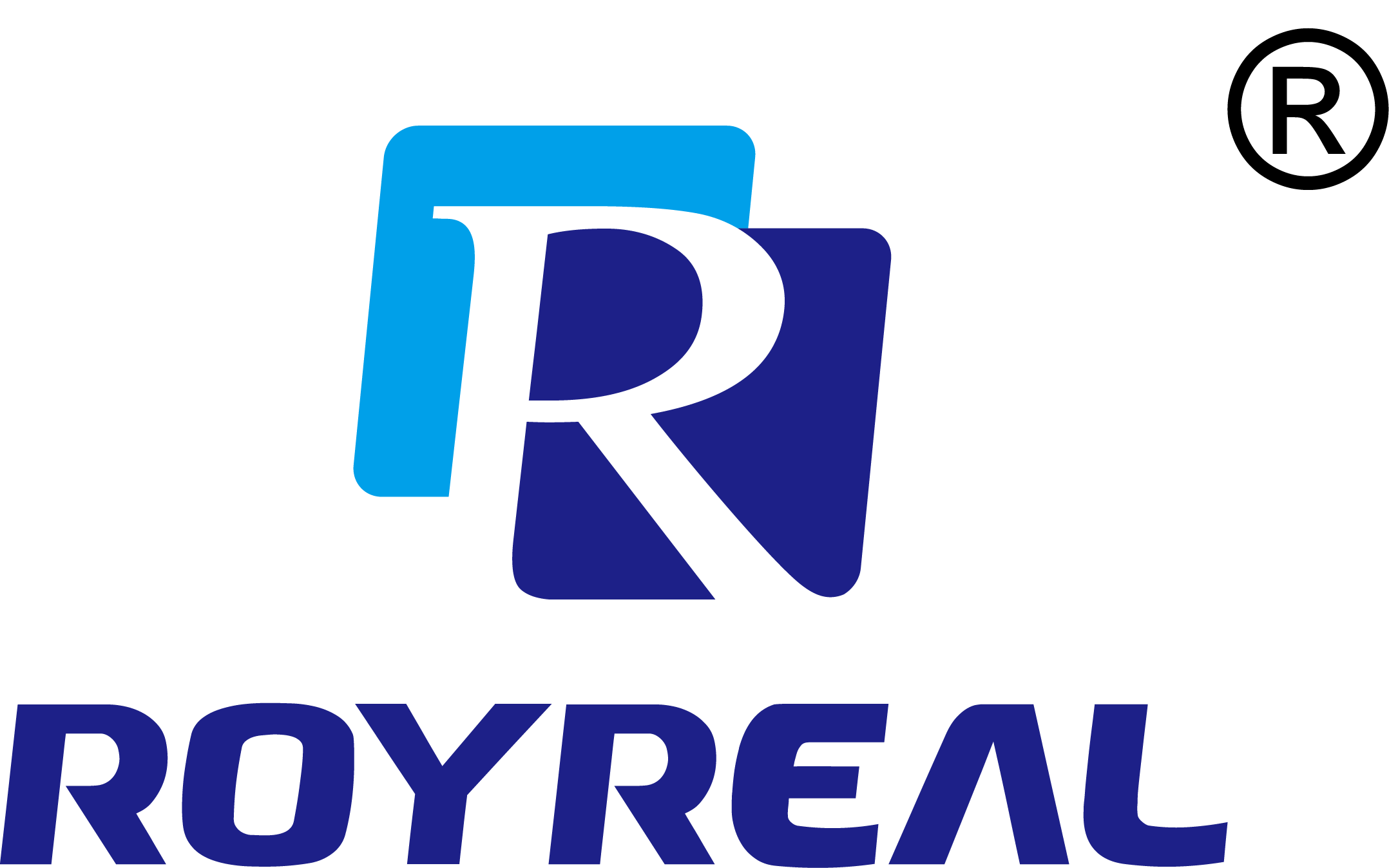Integrating Wet Test Flow Meters into Chemical Process Industries: Enhancing Efficiency and Accuracy
Category: Industry News
Time:2024-12-09
Table of Contents:
1. Introduction: Revolutionizing Flow Measurement in Chemical Process Industries
2. Understanding Wet Test Flow Meters
2.1 What Are Wet Test Flow Meters?
2.2 How Do Wet Test Flow Meters Work?
3. Benefits of Integrating Wet Test Flow Meters into Chemical Processes
3.1 Enhancing Accuracy in Flow Measurement
3.2 Improving Process Efficiency and Optimization
3.3 Ensuring Safety and Compliance
4. Challenges in Implementing Wet Test Flow Meters
4.1 Compatibility with Chemical Processes
4.2 Installation and Maintenance Considerations
4.3 Cost Considerations
5. Best Practices for Integrating Wet Test Flow Meters
5.1 Conducting a Comprehensive Process Analysis
5.2 Selecting the Right Wet Test Flow Meter
5.3 Ensuring Proper Installation and Calibration
5.4 Implementing Regular Maintenance and Calibration Procedures
6. Frequently Asked Questions (FAQs)
6.1 How accurate are wet test flow meters in measuring chemical flows?
6.2 What types of chemicals can wet test flow meters handle?
6.3 Are wet test flow meters suitable for high-pressure applications?
6.4 How often should wet test flow meters be calibrated?
6.5 Can wet test flow meters be retrofitted into existing chemical processes?
7. Conclusion: Embracing the Power of Wet Test Flow Meters in Chemical Process Industries
1. Introduction: Revolutionizing Flow Measurement in Chemical Process Industries
In the fast-paced and ever-evolving world of chemical process industries, accurate and efficient flow measurement is crucial for optimal operational performance. The integration of wet test flow meters has emerged as a game-changer, revolutionizing the way flow measurement is approached in these industries. This article dives deep into the world of wet test flow meters, exploring their benefits, challenges, and best practices for successful integration.
2. Understanding Wet Test Flow Meters
2.1 What Are Wet Test Flow Meters?
Wet test flow meters, also known as liquid flow meters, are specialized devices used to measure the flow rate of liquids in various industrial applications. These meters rely on a range of principles, including differential pressure, positive displacement, magnetic, and ultrasonic, to accurately determine the quantity of liquid passing through a pipe or system.
2.2 How Do Wet Test Flow Meters Work?
Wet test flow meters operate by measuring the pressure drop or the velocity of the liquid passing through them. Depending on the type of meter, different mechanisms, such as rotating impellers, magnetic fields, or ultrasonic signals, are used to detect and analyze the flow. This data is then converted into a flow rate reading, providing valuable insights into the process.
3. Benefits of Integrating Wet Test Flow Meters into Chemical Processes
3.1 Enhancing Accuracy in Flow Measurement
One of the primary advantages of integrating wet test flow meters into chemical processes is their ability to provide highly accurate flow measurements. By ensuring precise readings, these meters enable operators to make informed decisions, optimize processes, and reduce costly errors associated with inaccurate flow measurements.
3.2 Improving Process Efficiency and Optimization
Integrating wet test flow meters allows for real-time monitoring of flow rates, facilitating proactive adjustments to maintain optimal process efficiency. By identifying and addressing bottlenecks or inconsistencies promptly, operators can streamline workflows, enhance productivity, and ultimately reduce operational costs.
3.3 Ensuring Safety and Compliance
In chemical process industries, safety and regulatory compliance are paramount. Wet test flow meters play a crucial role in ensuring that processes operate within established safety parameters and comply with industry standards. Accurate flow measurements contribute to the safe handling and transport of chemicals, minimizing the risk of accidents and environmental hazards.
4. Challenges in Implementing Wet Test Flow Meters
4.1 Compatibility with Chemical Processes
One of the key challenges in integrating wet test flow meters into chemical processes is ensuring compatibility with the specific characteristics of the chemicals being measured. Factors such as chemical composition, viscosity, and temperature must be carefully considered to select the appropriate wet test flow meter that can provide accurate readings.
4.2 Installation and Maintenance Considerations
Proper installation and regular maintenance are critical for optimal performance and longevity of wet test flow meters. Challenges may arise during installation due to the complexity of existing process infrastructure or the need for specific adaptations. Additionally, establishing a comprehensive maintenance schedule and adhering to calibration procedures are vital to ensure reliable and accurate flow measurements over time.
4.3 Cost Considerations
While the benefits of integrating wet test flow meters are substantial, it's important to consider the associated costs. Investments in suitable meters, installation, and ongoing maintenance may require careful budgeting and justification based on the expected improvements in efficiency, accuracy, and overall process optimization.
5. Best Practices for Integrating Wet Test Flow Meters
5.1 Conducting a Comprehensive Process Analysis
Before integrating wet test flow meters, conducting a thorough analysis of the existing chemical process is essential. This analysis should include understanding the flow characteristics, identifying potential measurement points, and evaluating any process constraints or challenges that may impact the selection and installation of wet test flow meters.
5.2 Selecting the Right Wet Test Flow Meter
Choosing the most suitable wet test flow meter for a chemical process requires careful consideration of various factors. These include the specific chemical properties, flow rates, pressure, temperature, and accuracy requirements. Consulting with industry experts and manufacturers can help in selecting the optimal meter for the application.
5.3 Ensuring Proper Installation and Calibration
To achieve accurate and reliable flow measurements, proper installation and calibration of wet test flow meters are imperative. Following the manufacturer's guidelines, using appropriate installation techniques, and performing calibration procedures according to recommended schedules are essential for optimal performance.
5.4 Implementing Regular Maintenance and Calibration Procedures
Regular maintenance and calibration of wet test flow meters are crucial for ensuring ongoing accuracy and performance. Establishing maintenance schedules, conducting routine inspections, and promptly addressing any issues that may affect meter functionality are vital to prevent disruptions in flow measurement accuracy.
6. Frequently Asked Questions (FAQs)
6.1 How accurate are wet test flow meters in measuring chemical flows?
Wet test flow meters can provide highly accurate flow measurements, with accuracy levels typically ranging from 0.5% to 1% of the measured flow rate. However, the accuracy may vary depending on factors such as the type of wet test flow meter, its calibration, and the specific characteristics of the chemicals being measured.
6.2 What types of chemicals can wet test flow meters handle?
Wet test flow meters can handle a wide range of chemicals, including corrosive, flammable, and viscous liquids. However, it's crucial to consider the compatibility of the wet test flow meter materials with the chemical properties to ensure accurate measurements and avoid any potential damage to the meter.
6.3 Are wet test flow meters suitable for high-pressure applications?
Yes, wet test flow meters are suitable for high-pressure applications. However, it's important to select a flow meter that is specifically designed and rated for the desired pressure range to ensure accurate and reliable measurements without compromising safety.
6.4 How often should wet test flow meters be calibrated?
The frequency of calibrating wet test flow meters may vary depending on factors such as industry regulations, manufacturer recommendations, and the specific application requirements. Generally, it is recommended to calibrate wet test flow meters annually or as per the manufacturer's guidelines to maintain accuracy and reliability.
6.5 Can wet test flow meters be retrofitted into existing chemical processes?
Yes, wet test flow meters can be retrofitted into existing chemical processes, provided that the necessary considerations are made during the selection, installation, and integration process. In some cases, additional modifications or adaptations may be required to ensure seamless integration and optimal performance.
7. Conclusion: Embracing the Power of Wet Test Flow Meters in Chemical Process Industries
Integrating wet test flow meters into chemical process industries brings a multitude of benefits, including enhanced accuracy, improved efficiency, and compliance with safety regulations. Overcoming the challenges associated with their integration through careful analysis, selection, installation, and maintenance allows organizations to unlock the full potential of wet test flow meters. By embracing this technology, chemical process industries can optimize their operations, reduce costs, and increase overall productivity, ultimately staying ahead in an evolving and competitive landscape.
Keywords:
 EN
EN RU
RU SP
SP
